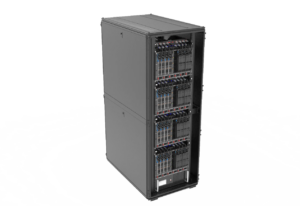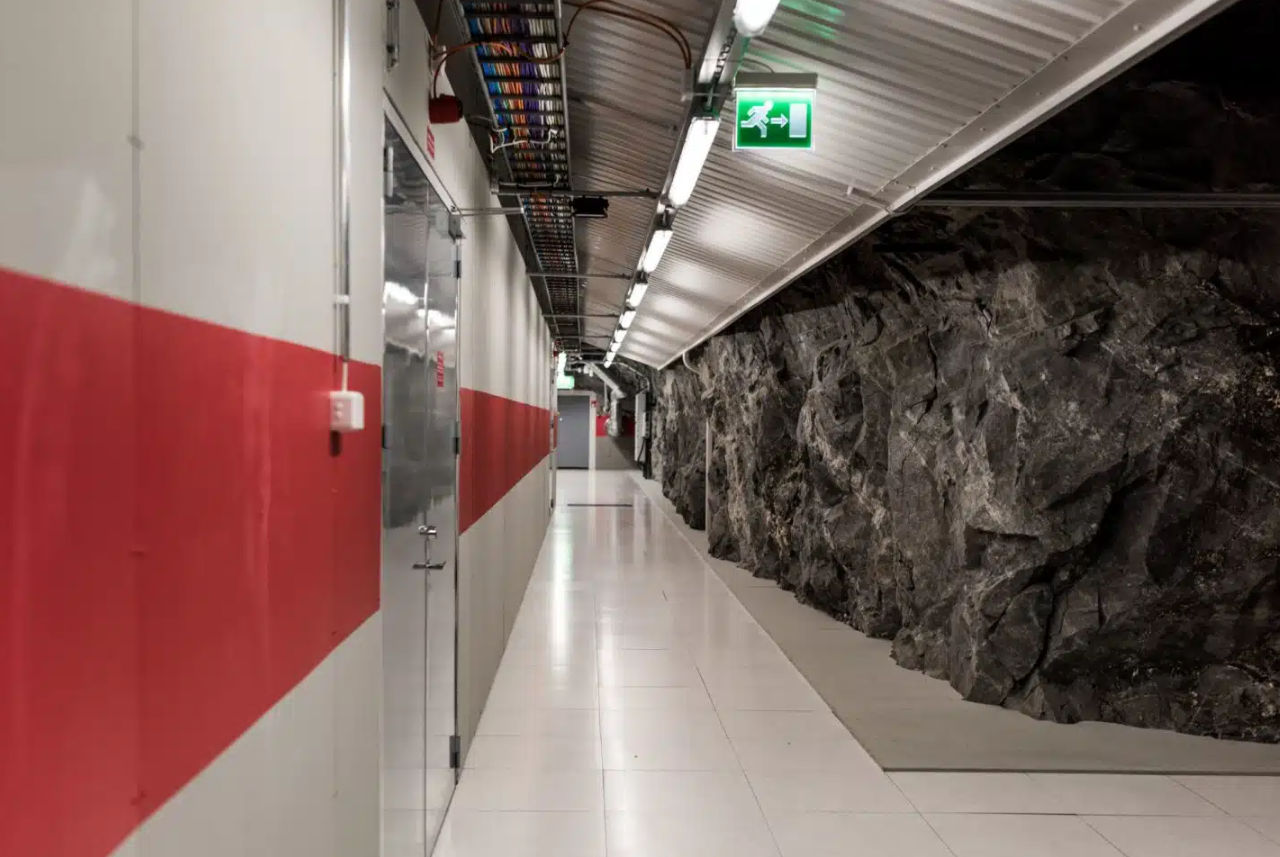- ‘The Rock’ data center is situated in tunnels under Pori, Finland.
- Liquid cooling is is increasingly favored in data centers.
- Liquid cooling brings not only economic but also ecological benefits.
Verne Global has introduced liquid cooling to its underground data center campus in Finland in response to growing data demands from AI, machine learning, and high-performance computing. These intensive applications result in data systems producing significant amounts of heat that can no longer be cooled sufficiently with air.
The data facility, known as ‘the Rock,’ is located in ex-military tunnels running through the bedrock underneath Pori, Finland. The tunnels were quarried in the 1960s by the Finnish Defense Forces but were never used for their intended purpose as a defensive vault. Instead, they were bought by Ficolo in 2011 and repurposed into a data center, taking advantage of both their in-built security and cool temperature.
Ficolo was bought by investment firm Digital 9 in 2022 and was later merged with Verne and Volta, two of its other acquisitions. This month, the resulting conglomerate, Verne Global, was sold to Ardian.
The DLC3000 is a stand-alone rack with an in-built cooling distribution unit designed for a small deployment. Coolant, in the form of water, is directed to the units in the rack and exchanges heat from the rack to the facility water supply. Source: Verne Global
Liquid cooling comes to the Rock
The Rock is comprised of nine separate tunnels and has a total area of 8,500 m2 (90,000 sqft). Its infrastructure is powered by 100% renewable energy from nearby wind farms and its own 2,600 m2 solar plant. According to a Verne Global blog post, the average data center must commit 40 percent of its energy to cooling.
Verne Global is installing Dell’s DLC3000 solutions, which provide up to 80 kW of cooling capacity, and 4th Gen Intel Xeon scalable processors to “maximize performance and cooling efficiency.”
According to Kim Gunnelius, Verne Global’s managing director, “the surge in AI, machine learning, and high-performance computing is amplifying the need for robust data center cooling solutions.” This is what inspired the company’s transition from conventional air cooling to direct liquid cooling (DLC).

DLC3000 front. Source: Dell
According to an old Ficolo environmental policy, the racks in the Pori tunnel network only need to be cooled a few days a year, when the above-ground temperature exceeds 77°F (25°C). When this occurs, indirect free cooling is used, where power consumption is reduced to a minimum. Before liquid cooling, waste rack heat was channeled into other areas of the data center facility that needed heating.
Liquid cooling is more efficient than direct air because water has a higher heat capacity, allowing for more efficient heat transfer to the surrounding environment or dedicated cooling systems. According to Dell, the rear fan power requirement for a 270 W CPU at 100% load would be 1076.8 W if air-cooled, while it would be 111.7W if liquid-cooled with DLC modules.

Wanda Parisien is a computing expert who navigates the vast landscape of hardware and software. With a focus on computer technology, software development, and industry trends, Wanda delivers informative content, tutorials, and analyses to keep readers updated on the latest in the world of computing.


